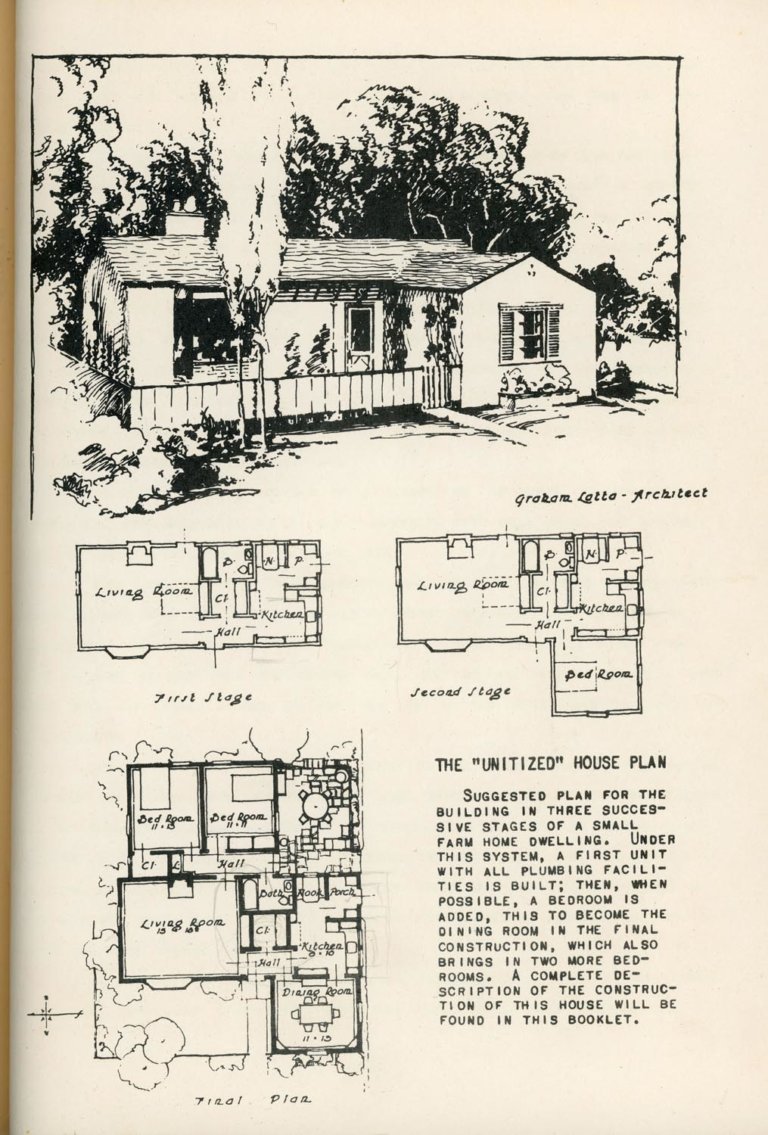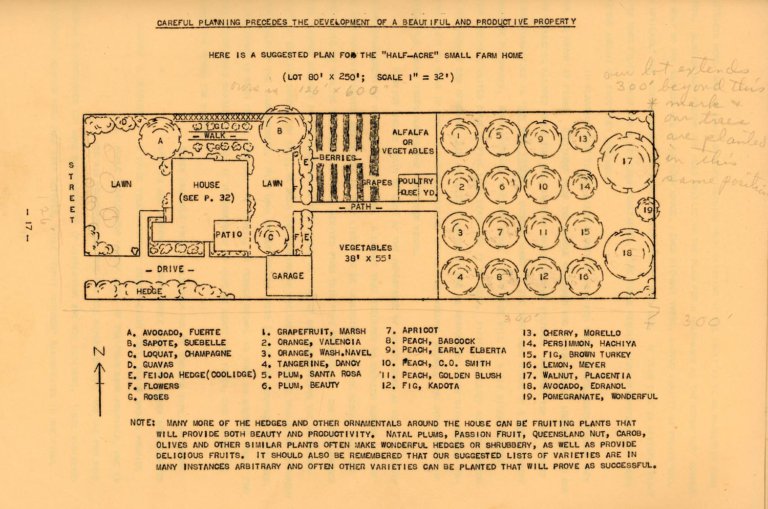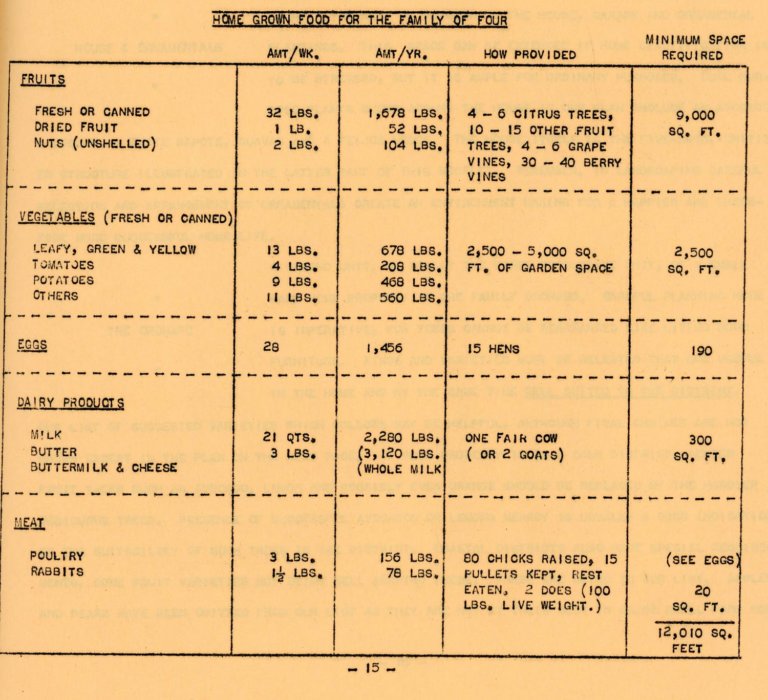Los Angeles County and the Small Farm Movement

Jill Thrasher, Librarian
The farm to table movement in Southern California has a long history. Today many people seek out organic produce grown on small local farms or grow their own in their backyard. Not so long ago, people in southern California were encouraged to create their own “small farm homes.” A booklet we recently discovered in Sherman Library,Your Los Angeles County Small Farm Home, gives some interesting insights into the history of the movement.
In the early 20th century, some Los Angeles land developers subdivided neighborhoods into one to three acre parcels so landowners could create self-sufficient “small farm homes.” Parts of the San Fernando Valley, San Gabriel Valley, and other rural areas were subdivided with these “small farm homes” in mind. Developers marketed these county areas as having rich soil and good climate.
The popularity of “Small Farm Homes” exploded throughout Los Angeles County, leading the Los Angeles County Chamber of Commerce in 1945 to issue the small paperback titled, Your Los Angeles County Small Farm Home. Written by the Los Angeles Agricultural Department, the booklet provided detailed information for families wanting to purchase small farm land. In the foreword, Howard D. Miller, Manager of the Agricultural Department, writes “While we feel that the small farm home is one of Los Angeles County’s finest offerings, each family should however consider its adaptability to this way of living.” He suggests that families carefully study the pages in this book before deciding to take on a small farm home.

The author of the booklet defines “the small farm home is a home on a small piece of productive land.” A small farm home was “a way of life,” was not used for economic production, but to provide “foodstuffs” for the family table. It was an investment for families that would hold value in everyday life, during wartimes, and periods of economic stress.

The agricultural department also stressed that planning the small farm home was a major undertaking. It gave details from what to plant to how to build your farmhouse and your poultry house and/or rabbit pens. They included a detailed table that shows the minimum space required for fruits, vegetables, eggs, dairy products, and meat production for a family of four. They also provide a “suggested plan” for the half-acre property. It also had a detailed list of suggested plants and vegetables, along their growing seasons. Building on all this information was a section on how to care for the small farm with information ranging from soil and irrigation to pest control and pruning.
The Los Angeles Agricultural Department also added blueprints for a “Unitized” house plan by Los Angeles architect, Graham Lotta. [insert photo] It gave a full description of the construction of the home for the landowner, and it was designed to help those on a limited budget. This was the last piece of information needed for the family to create their small farm home.
Today, the cost of land has driven most agriculture out of Los Angeles County; it replaced fields of crops with urban sprawl. Nevertheless, the farm to table movement has brought back a bit of the agricultural heritage to the region


